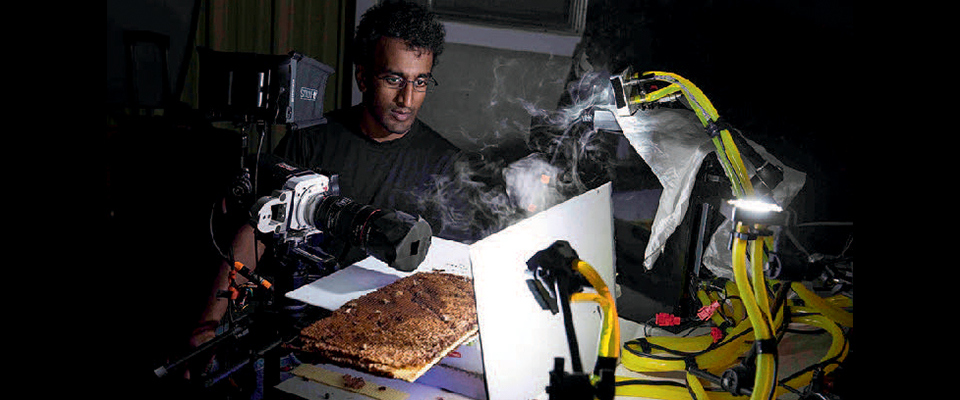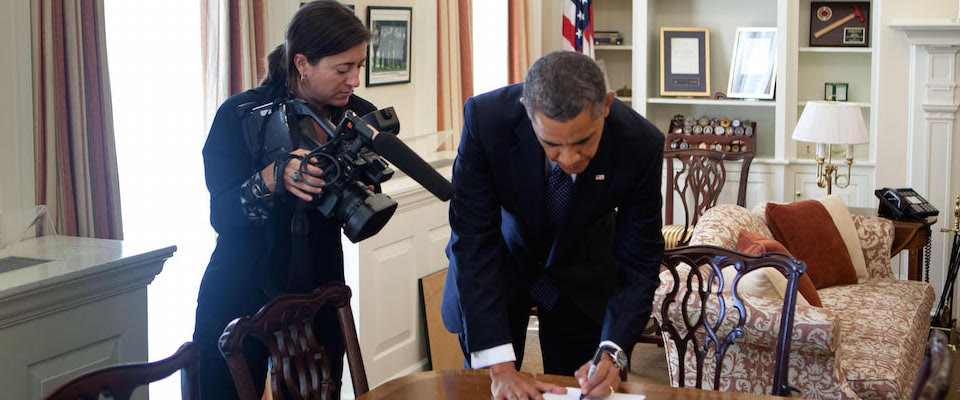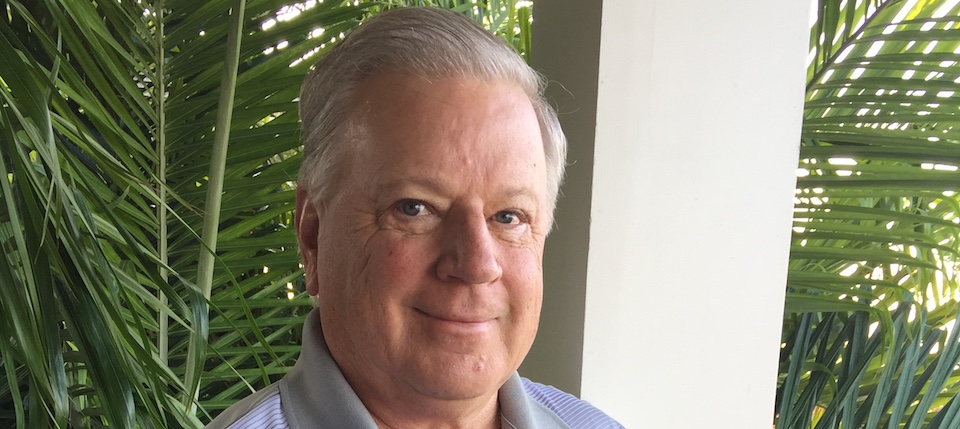1 Some people would say you have the best job in the world, shooting photographs for National Geographic. How did you get from Cal to where you are now?
Cal actually played a big role in getting me my job. I took a course called “Natural History of the Vertebrates” (IB 104) during my sophomore year. At the end of the course, the graduate student instructor, Sean Rovito, wrote to me and told me a photographer had reached out to the Integrative Biology Department and was looking for an assistant. Sean said he noticed I brought my camera on all the field trips and thought I would be a good match for the job. I hadn’t really considered photography as a career at that point, but figured it could be a cool summer job.
The photographer turned out to be David Liittschwager and he was working on an assignment for National Geographic. That summer job turned into a seven-year stint working for David and traveling all over the world. My experience with him helped me land a Young Explorers Grant from National Geographic Society, and that in turn helped me land my first assignment for the magazine.
2 Your first cover story for National Geographic involved photographing parasitic “mind suckers” and “zombie bugs.” How did that assignment come about?
The idea for that assignment actually came from my friend Sara Weinstein, a fellow biology student at Cal. She went on to do her graduate research in parasitology, and one day on a phone call she said, “You should really do a story on these crazy parasites that can control their hosts.” I proposed the idea during one of my first meetings with a National Geographic editor, and it turned out to be fantastic timing. The magazine had been wanting to do a story on “mind-controlling parasites” for a while at that point, and hadn’t decided on a photographer for it. I came in at just the right time and they were willing to take a risk on an untested photographer.
3 What does a typical day on assignment look like?
Each assignment varies quite a bit. In general, I head to the field for two to three weeks at a time. The first few days have a reasonable schedule. I’m often working at a lab or research station, so I keep relatively normal working hours along with the scientists or graduate students I’m working with. At this point, I’m still getting familiar with my subject, and I’m building and testing various lighting setups. As the trip goes on and my first set of ideas have failed, the schedule starts to get more and more hectic. By the end of the trip, I am typically working 20- to 22-hour days and am in a frenzied, zombie-like state. Unfortunately, I seem to be the most creative when I am stressed, sleep deprived, and convinced that I am on the brink of failure.
4 You started out as a more traditional nature photographer and have transitioned to doing very technical shoots and really redefining what’s possible with macro photography. What motivates you to keep pushing the envelope?
I’m interested in using a very technical approach to photography because I like seeing details in photographs that are invisible to the naked eye. Photography becomes almost a form of magic when it is able to reveal the hidden beauty of our world. Also, I have a short attention span. That means that once I’ve figured out a way to use fiber optics to light up an ant’s eyeball, I get bored and want to tackle a new challenge for my next story.
5 These days, it feels like anyone with a smartphone and an Instagram account can be a photographer. Do you think camera phones and social media have helped or hurt the field? And given the low barrier to entry, what’s your advice to aspiring shooters?
If you’re a photographer who built their career in the days of film, when the profession was much less accessible, then the smartphone era might be pretty threatening. But I don’t think I would have become a photographer without the advent of digital photography, and I think smartphones make the field even more accessible. A lower barrier to entry means more people are experimenting with new ways of expressing themselves, and that is a good thing for photography in the big scheme of things.
My advice to aspiring photographers is to figure out what unique perspective and skill set you can bring to the table. Then be prepared to spend about ten years refining your craft. You won’t get noticed by copying what has already been published, and it takes time to figure out how to make work that is both personally satisfying to you, as well as interesting to the rest of the world.





















